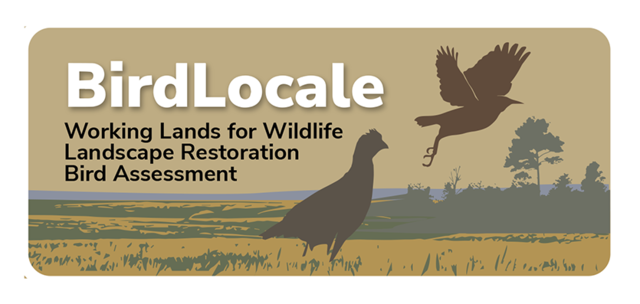by
Jean Brennan
—
published
Dec 21, 2017
Themes outlined in the report reflect a sample of key points described in bureau submissions; this is not an exhaustive list. Specific details are included in the submissions provided by each bureau and office that responded to the questionnaire.
Applicability
NEPA analysis can apply to
1) actions for which prevention/control of invasive species is the primary purpose of the action, and
2) actions for which the purpose of the action is to execute program or projects, such as operations, maintenance or construction activities, during which invasive species prevention/control may not be the primary purpose but invasive species risks should be considered and minimized.
Challenges to NEPA Compliance
Lack of training in NEPA compliance and access to technical support;
Limitations of data availability / data accessibility (e.g., site specific information, distribution and life history information, impacts, control techniques);
Reductions in funding and staffing; and, o Insufficient policy and guidance to the field.
Solutions to Overcome Challenges
Provide additional training and guidance to appropriate staff on NEPA compliance;
Support research for new methods of controls/eradication that are effective, efficient, and less damaging to non-target habitats/species;
Improve methods of data sharing and make information centrally accessible;
Promote coordination with other agencies;
Update policy, guidance, and templates, including best management practices (BMPS) for the type of activities conducted; ensure that those BMPS can be used by all agencies;
Develop Agency-wide / Regional / Large-scale plans and guidance (e.g., Programmatic EA, Programmatic EIS) from which EAs/EISs for projects can be tiered; and,
Develop more options for categorical exclusion that benefit the environment (esp. for early detection and rapid response (EDRR) and control).
There are others, but these are the highlights included in the report.
Located in
Our Community
/
ACP State of the Appalachians WG
/
Freshwater Systems


